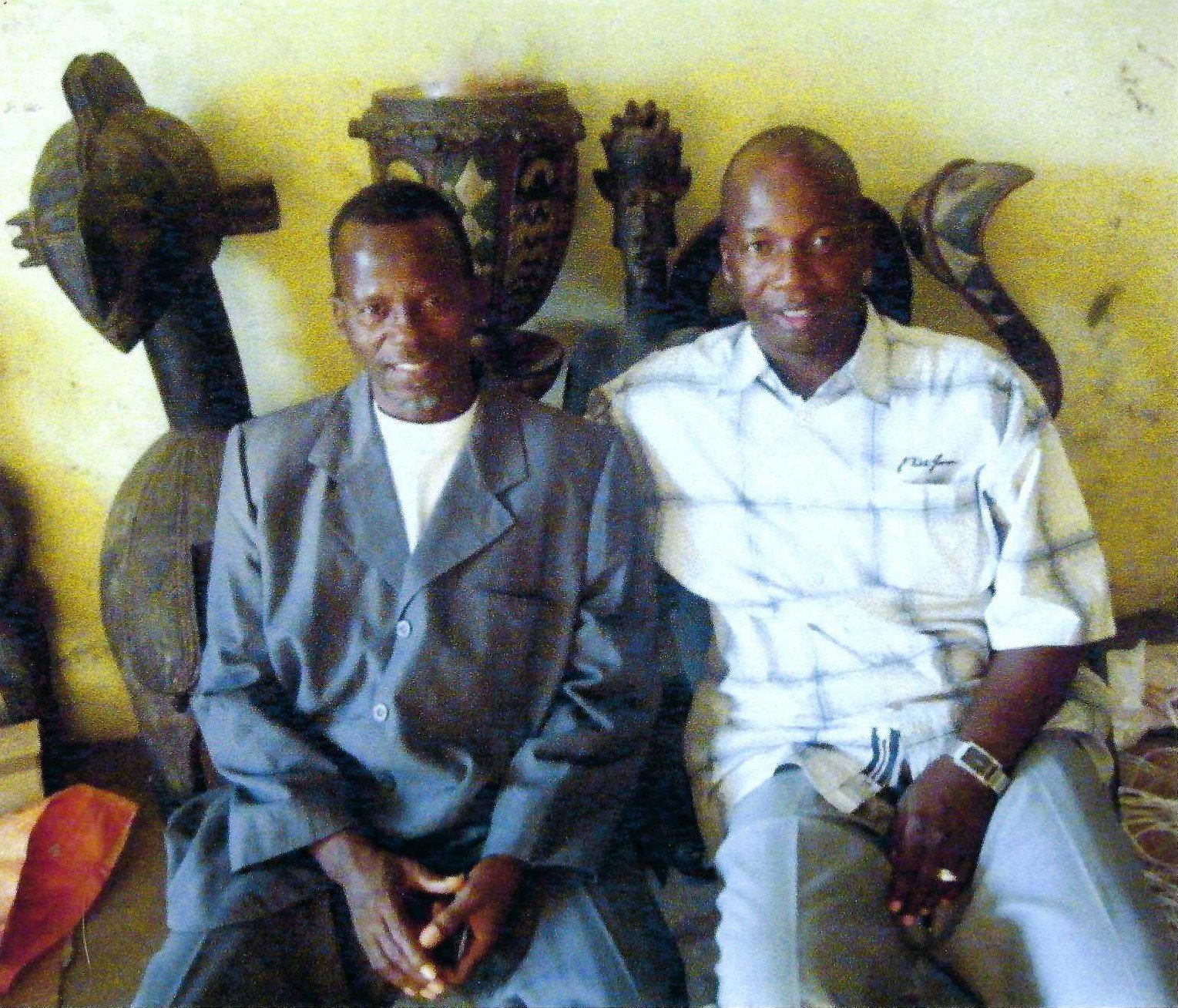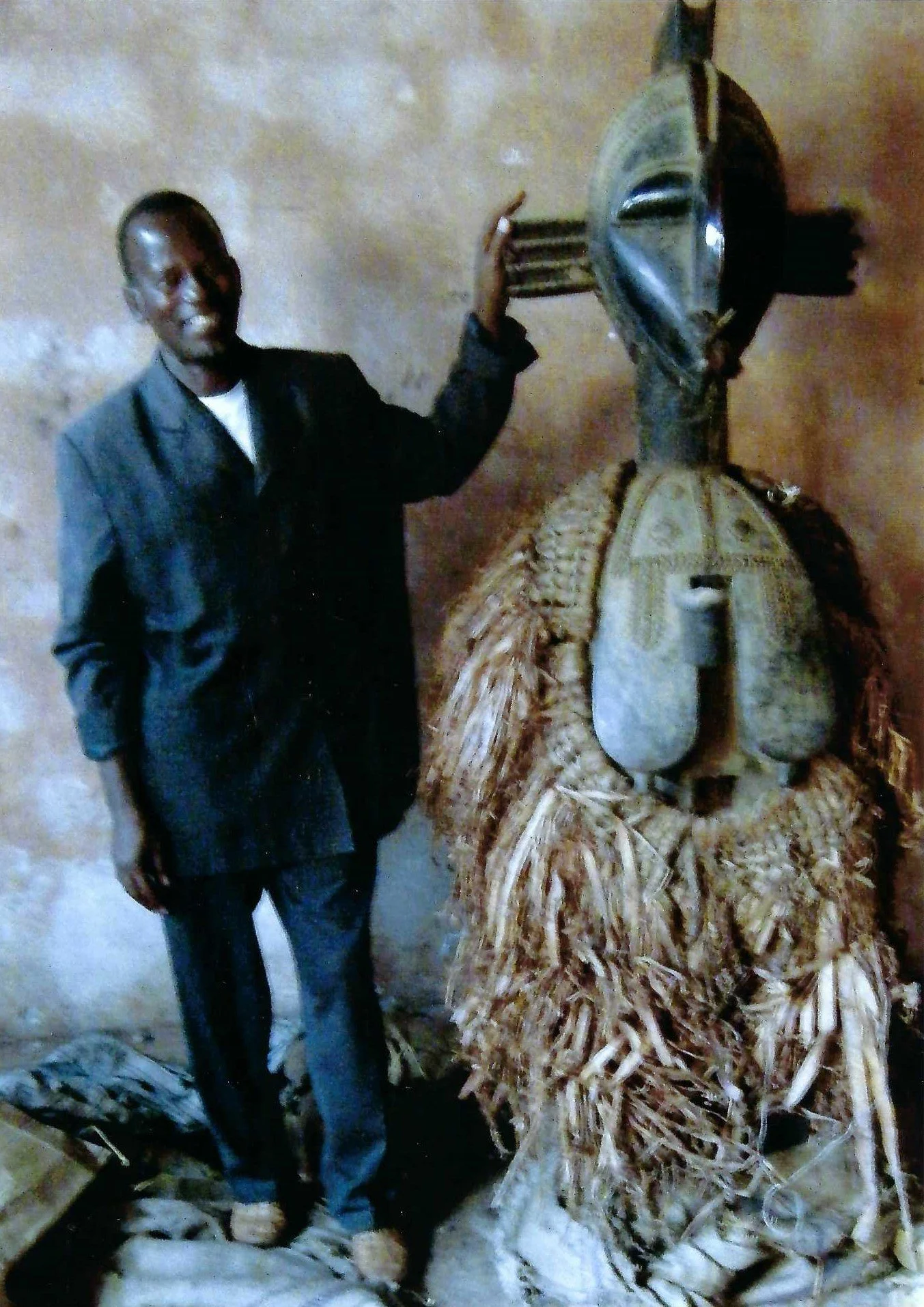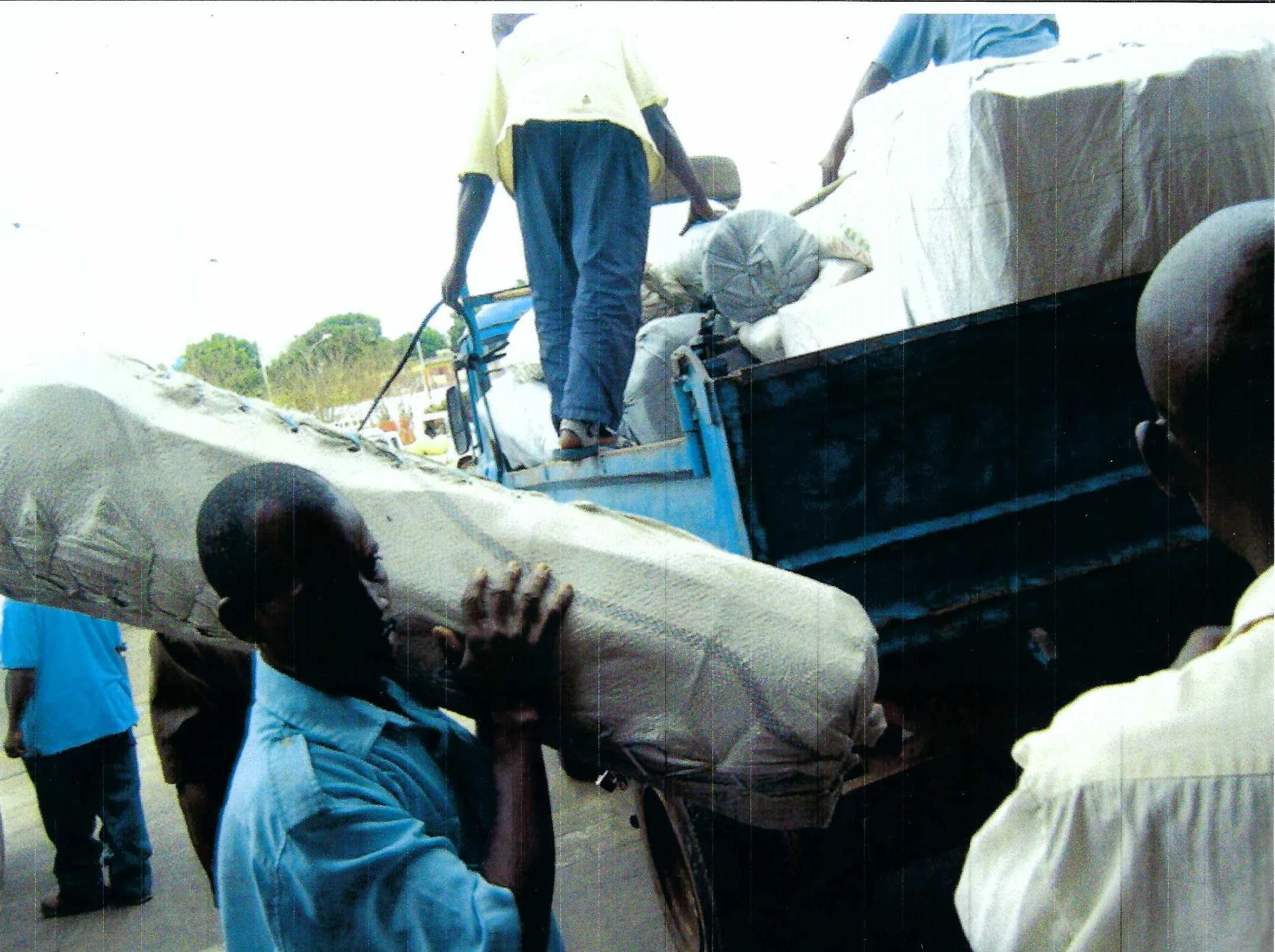Additional Information
Guinean Provenance of an American Collection
The Baga collection which our seller acquired in 2003 came from the Keita family, respected African art dealers based in Abidjan, Ivory Coast. Baba Keita, the patriarch of the family, was born in 1928 in Guinea, and became interested in “the traditions and culture of the Black man,” by age 15. Baba Keita collected in Guinea, focusing mainly on the art of the Baga peoples, but the Marxist government of Sékou Touré beginning in 1958 outlawed the animist practices of traditional tribal groups and the collection and study of their cultural artifacts. Baba Keita chose to cache his collection of Baga in the Nzérékoré forest, far from the government center in Conakry.
In 1960, Baba Keita chose exile to the Ivory Coast, first settling in Bouaké, and arriving by 1970 in Abidjan. Funded by the proceeds of a modest diamond-mining operation near Bouaké, Baba set up an antiques business in Abidjan, and established an extensive network of correspondents and emissaries across central Africa to help in procuring objects for his shop. With a reputation as a knowledgeable interpreter of the meanings behind—and the significance of--the artwork he collected, he became a first stop for many collectors from around the world.
He is well-known on the African antiquities circuit, appearing in many collector’s notes, and is cited as “Baba Keita, Abidjan,” without further elaboration, in the provenance of several important African art sales, (see auction detail of Susan Vogel’s Baulé mask, Sotheby’s, May 11, 2012, Lot 96, page 2, “Provenance,” attached [1]).
In 1972, a younger brother named Adama joined the business, and began travelling and collecting for Baba as well. With the participation of family and close associates, Adama was able to establish a sales network in Europe (Paris) and the US (New York). In 1976, a cousin, Kalle Sanoussi, a licensed Customs Broker, became the family’s most important distributor in the US, and established a close relationship with our collector. When Adama decided it was time to divest the business of the important Baga collection from the cache in Guinea, our collector was the first to get the call. By 2003, an arrangement had been reached, and in early 2004, the collection had arrived in the US.
Intended for a Baga show at the QCC Gallery, City University of New York, 188 pieces of the Baga were shipped back to New York until after our collector’s death. The show never happened, but Kalle Sanoussi and the curator of the show, Gary VanWyck, Phd, travelled to Guinea in 2014, (see Ordre de Mission, a permission slip from the Ministry of Culture, for “Recherche sur l’Art Baga,” (Research about the Baga), attached, [2]). At that time, Dr. Van Wyck interviewed Adama Keita regarding Baba Keita and the history of the family antiques business, (see “Baba Keita: Antiquarian at Heart,” attached, [3]).
Faustino Quintanilla, the museum director at QCC and an African specialist himself, wrote a preliminary rationale for the proposed show, Baga Discoveries: Guinean Origins of an American Collection, (see attached, [4]). The Baga pieces from New York were returned home in 2022 and constitute the bulk of the extraordinary collection of Baga art held by the estate of our collector. This includes several fine examples of processional Nimba, Nimba figures, serpent figures known as Bansonyi, Banda and other masks, bird figures, drums, fish effigies, shrine figures, and many others, all collected by Baba Keita between the years of 1948 and 1959. Adama Keita is retired and living in Guinea but is willing to meet and attest to the veracity of the collection. Kalle Sanoussi now lives in Atlanta and can discuss the details of provenance and importation of many of the fine Baga objects in our holdings, as well as the origins of many of our other tribal masterworks.





